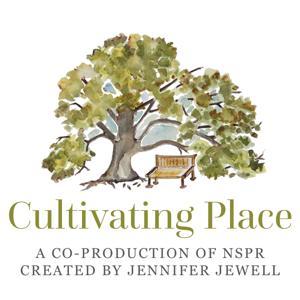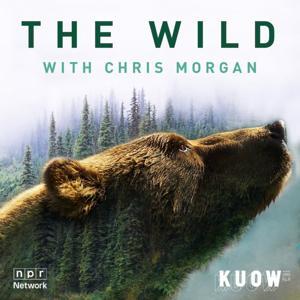Ad-Free episodes of the podcast are available on the Patreon at : www.patreon.com/Crimepaysbutbotanydoesnt
Krystle Hickman is a biologist, native bee researcher, and conservationist from Los Angeles, California and author of the book "The ABCs of California's Native Bees". In this 2-hour conversation we talk about how to identify bees to genus, different groups of native bees (IE longhorn bees, cactus bees, leaf cutter bees, sweat bees, Euglossine bees, and more), specialist relationships between native bees and native plants, how native bees could be utilized to pollinate human crops simply if farmers created hedgerows of native plants in between their fields, how honeybees reduce native bee species diversity as well as reducing fitness in native plants, how to get good macro photos and more.




































